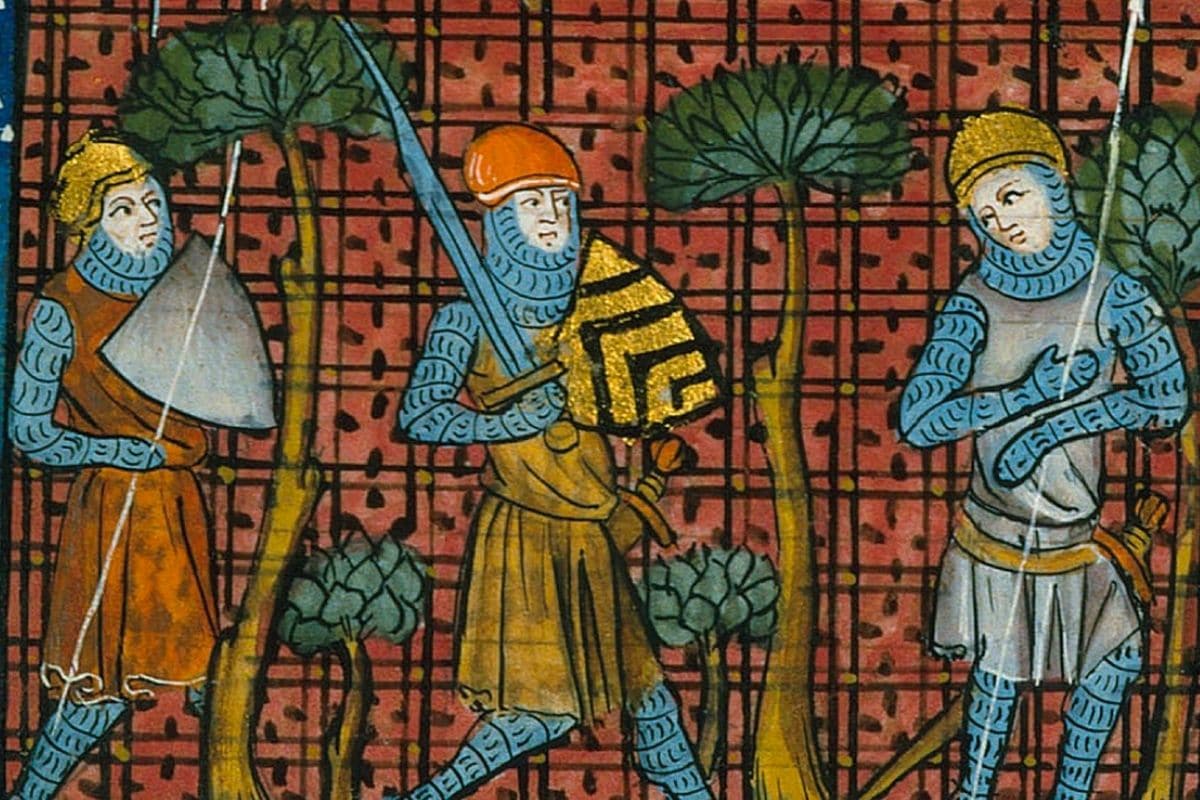
Innocent-looking vases that can be admired in many museums worldwide may have caused quite a bit of misery during the battles in medieval Jerusalem.
It is an almost familiar sight in museums worldwide: stone vases, with an often cone-shaped bottom that opens into a convex body, which then overflows into a narrower neck. The vases have been found in large numbers and in numerous archaeological contexts in the Middle East in the past and date from the period between the ninth and fifteenth centuries. Some of the vases are only a few centimeters in size, others measure up to 20 centimeters. Sometimes their walls are only a few inches thick; sometimes as much as 1.5 centimeters. And the way they are made also differs. Just like the decorations that are sometimes found on the vases. It all points to the fact that the vases were used frequently and for various purposes. And indeed; Previous analyzes of remnants found in the vases or on their shards have shown that the vases were used to store medication and oil, but also, for example, as a beer glass.
Hand grenade
And scientists now think they can assign the vase another function. New research, published in the magazine PLoS ONEsuggests that the vases sometimes also served as hand grenades.
The research
The researchers reached this conclusion after studying shards of these vases that were recovered in Jerusalem between 1961 and 1967 and date from the eleventh and twelfth centuries. They focused in particular on the remnants that still adhered to these shards and can reveal more about what the vases – when they were still intact – contained.
Findings
The investigation confirms that some of the vases must have housed oil and medicines. There were also shards that seemed to testify to the fact that they were once part of a vase containing scented oils. But even more startling is the discovery that some of these shards must have once formed a vase that probably contained a flammable and possibly even explosive material. “This research reveals the diverse uses of these unique ceramic vases, including use as explosives,” said researcher Carney Matheson.

A fragment of a vase that researchers suspect contained explosive material. Image: Robert Mason/Royal Ontario Museum.
War
There is no question that a hand grenade could have come in handy in Jerusalem in the 11th and 12th centuries. During this period, several ‘holy wars’ were waged in the city, in which European warlords – determined to liberate places of importance for Christianity in Israel – became diametrically opposed to Muslim rulers. The Crusades often resulted in a bloody battle. It is not inconceivable that some of the vases Matheson and colleagues studied played a role in this. For example, the researchers point out that some of the shards they examined were found near a crusader palace. Moreover, there are also sources from that time that hint at the use of a hand grenade-like object. “Historical accounts, such as the occupation of Jerusalem in 1187, mention weapons reminiscent of grenades used by the forces of Saladin (a Muslim general who recaptured Jerusalem from the Crusaders in 1187, ed.) against the city. thrown,” so is the sheet PLoS ONE to read.
no gunpowder
Partly on the basis of such reports, researchers have previously suggested that some vases had been used as hand grenades and were filled with gunpowder for that purpose. “An explosive device designed in ancient China that we know was introduced to the Middle East and Europe in the 13th century,” Matheson said. “It has also been argued that gunpowder ended up in the Middle East before, possibly somewhere between the ninth and eleventh centuries, or the period from which these vases (which we studied, ed.) also stem.” But Matheson has found no evidence for this. “Our investigation has shown that they do not contain gunpowder, but probably a locally invented explosive material.”
More research is desperately needed, Matheson acknowledges. “Further research into these vases and their explosive contents should allow us to better understand the explosive technologies of the medieval period and the history of explosive weapons in the Eastern Mediterranean.”
Source material:
†Ancient hand grenades: explosive weapons in medieval Jerusalem during Crusades” – Griffith University
Image at the top of this article: via Wikimedia Commons